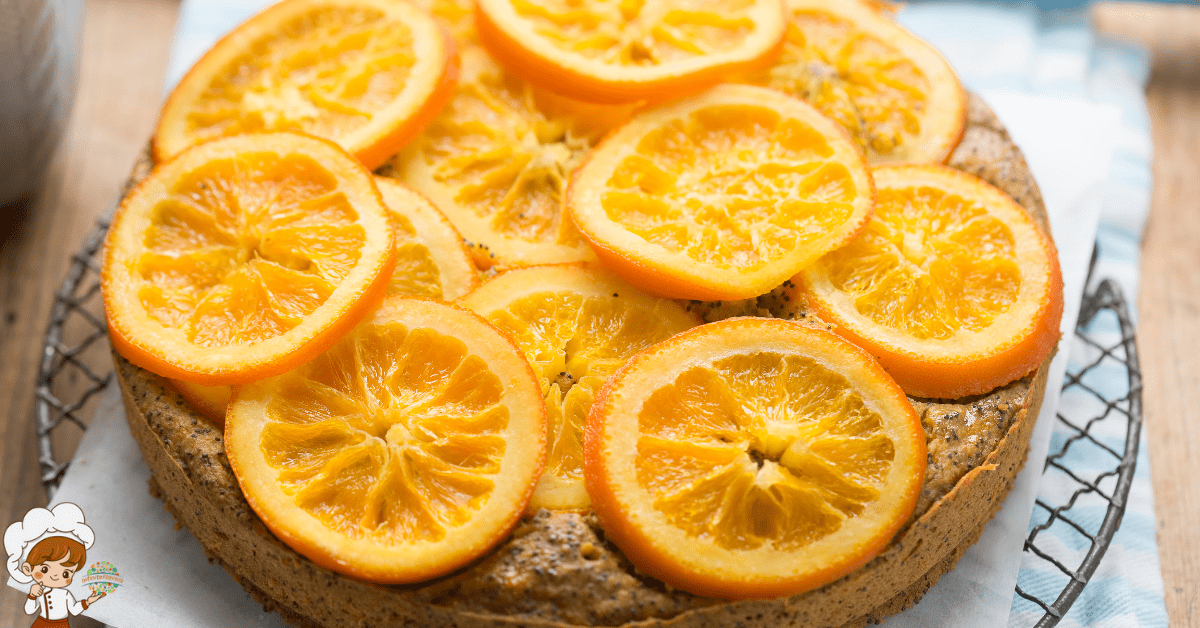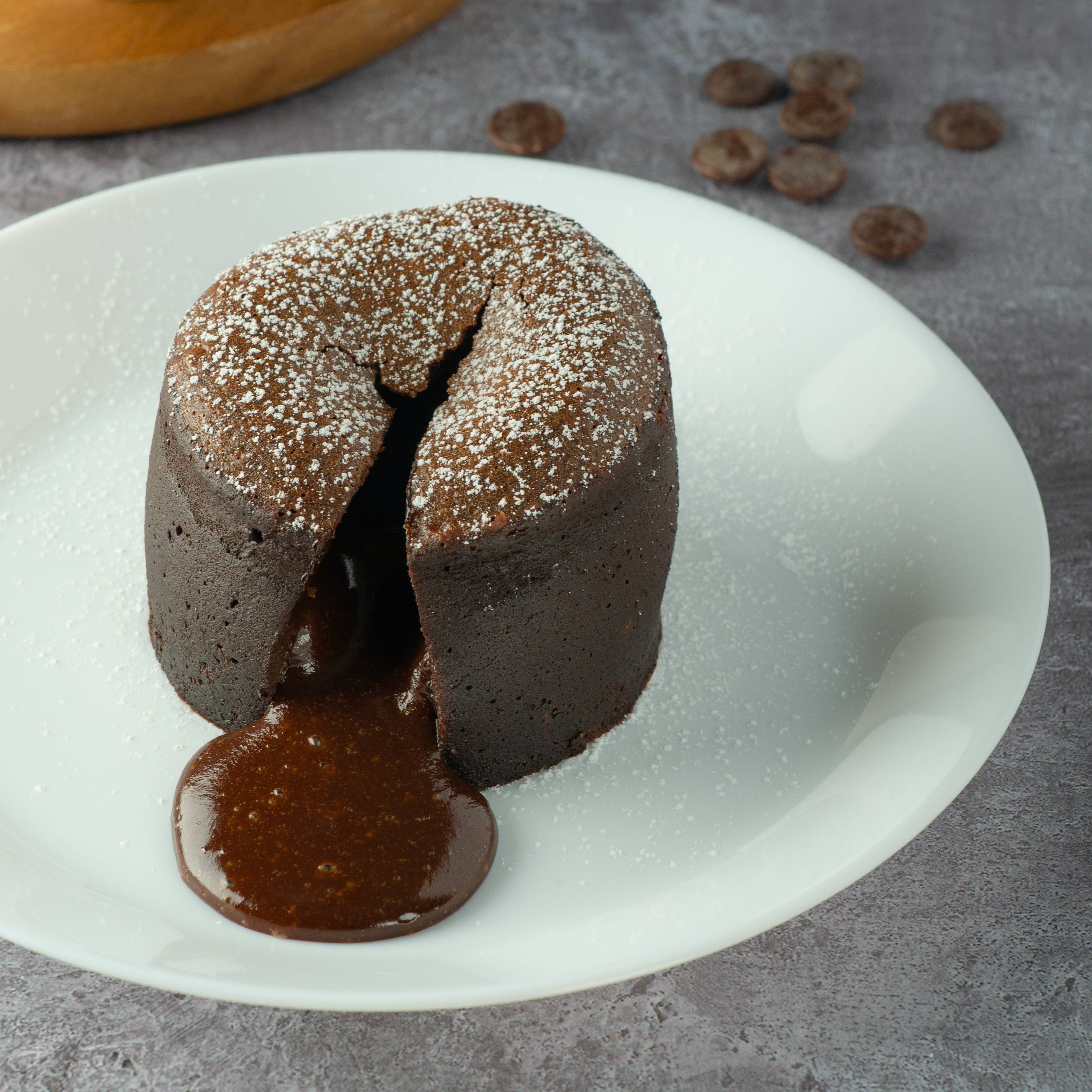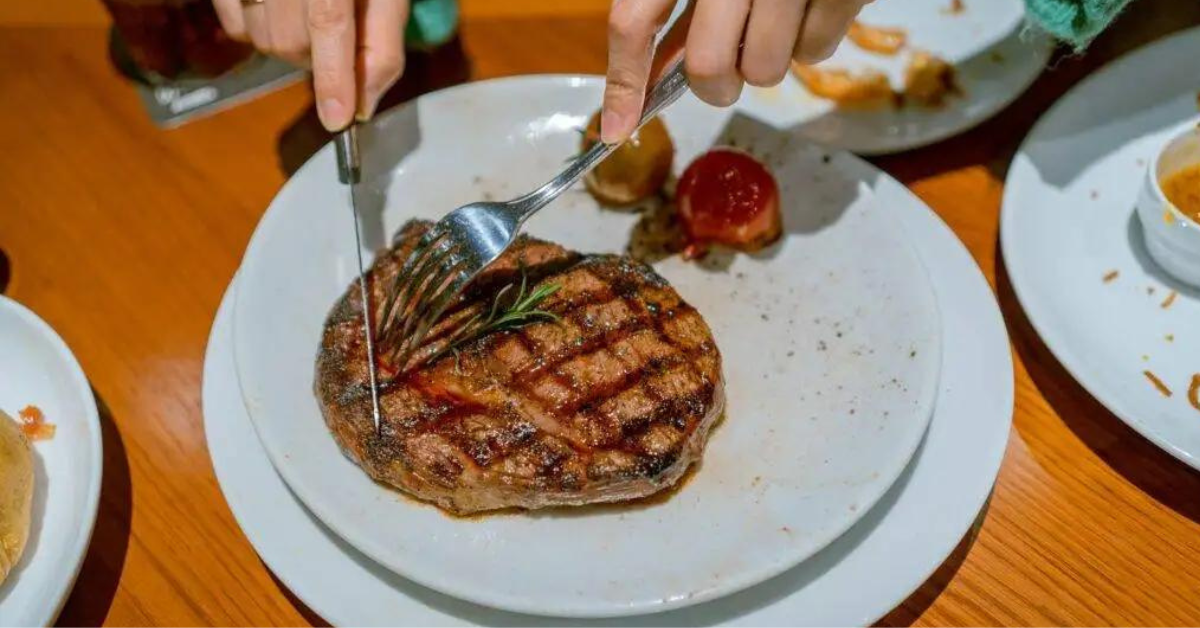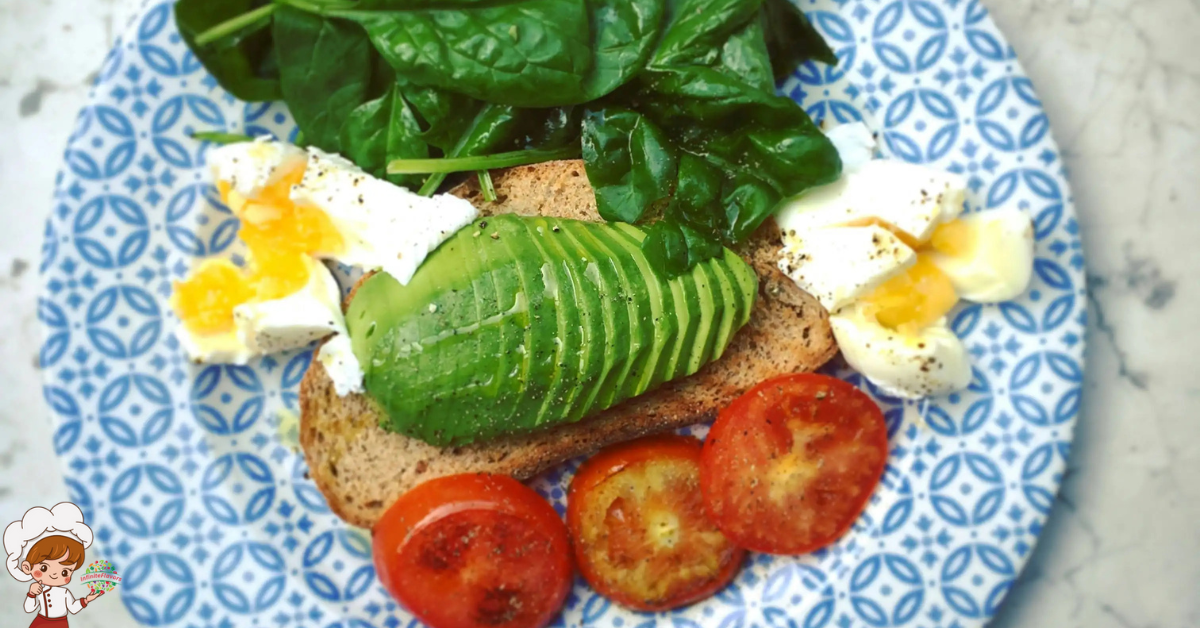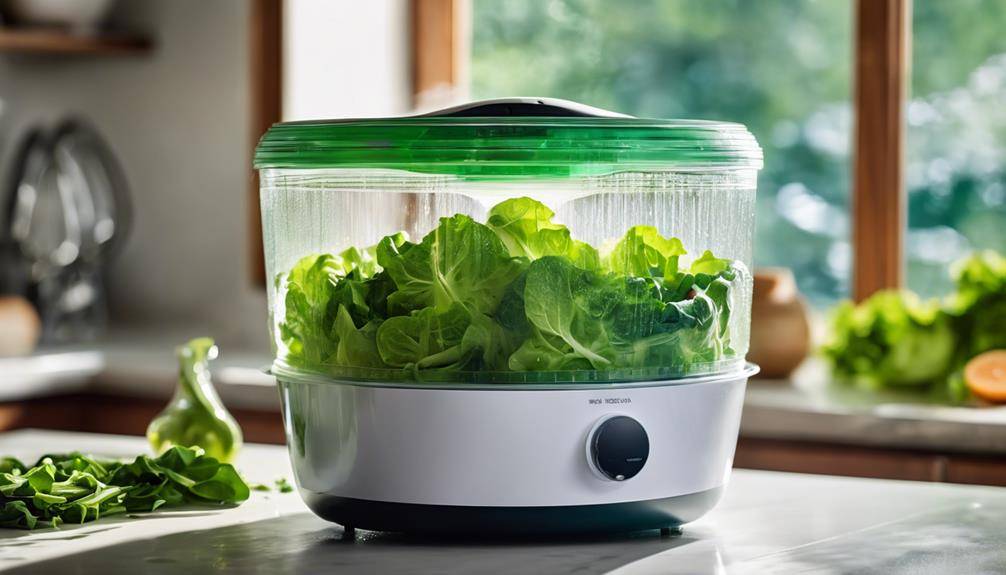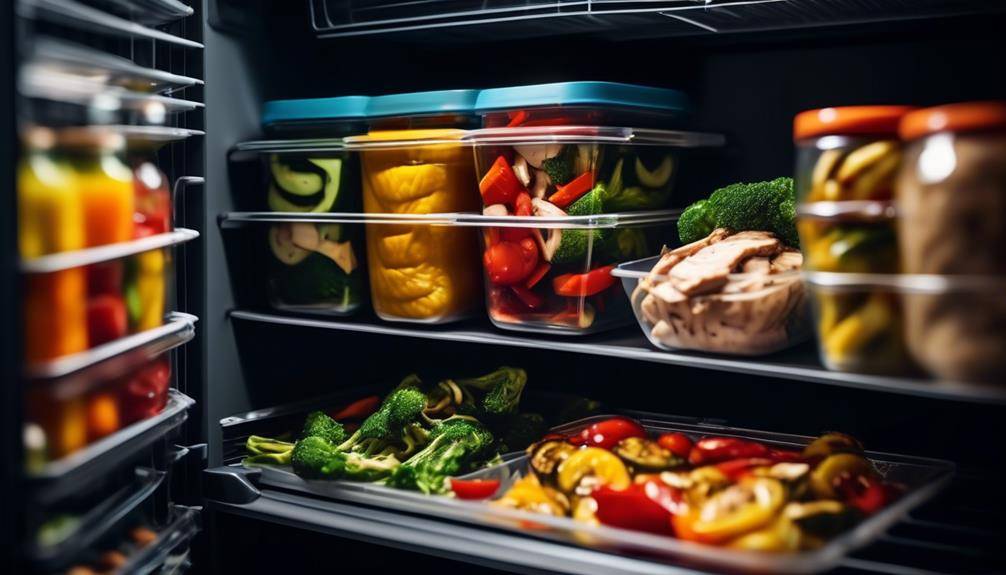The Best Tips For Baking Homemade Pies
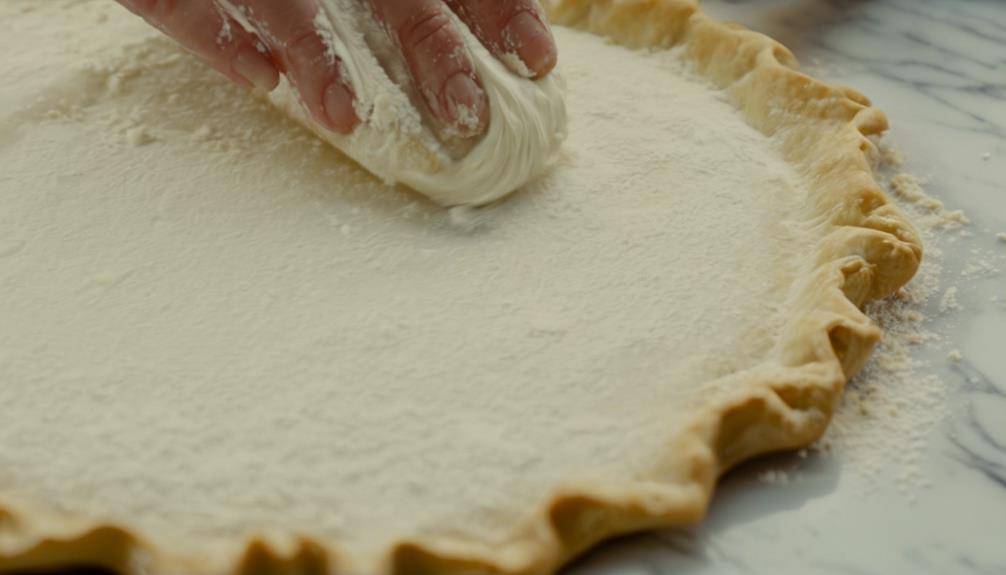
Tips For Baking Homemade Pies; So you’ve decided to embark on the delicious journey of baking homemade pies. Well, buckle up and get ready to roll up your sleeves, because we have a plethora of tips and tricks to help you on your way to pie perfection. Whether you’re a seasoned baker or a complete novice, we’ve got you covered with everything from choosing the perfect pie crust to achieving that coveted flaky texture. Get ready to elevate your pie game to new heights and impress your friends and family with your baking prowess. But first, let’s start with the most important foundation: the crust.
Choosing the Perfect Pie Crust
When selecting the perfect pie crust, it is important to consider both the taste and texture you desire for your homemade pie. One of the key factors in achieving the ideal crust is mastering the rolling technique. To start, make sure your dough is properly chilled before rolling it out. This will prevent it from sticking to the surface and help you achieve a smoother crust. When rolling, use a light touch and apply even pressure to ensure an even thickness throughout. It’s also important to roll in one direction, turning the dough a quarter turn after each roll to maintain a circular shape.
While traditional pie crust made from flour, butter, and water is the go-to choice for many, there are also alternative options to consider. One such alternative is a graham cracker crust, which adds a deliciously sweet and crunchy element to your pie. To make a graham cracker crust, simply crush graham crackers and mix them with melted butter and sugar until well combined. Press the mixture into the pie dish and bake it for a few minutes before adding your filling.
Another alternative is a nut crust, which adds a rich and nutty flavor to your pie. To make a nut crust, pulse nuts of your choice in a food processor until finely ground. Mix the ground nuts with melted butter and sugar, then press the mixture into the pie dish and bake it briefly before filling.
Mastering the Art of Filling Selection
To create a delectable homemade pie, it is crucial to carefully select the perfect filling that will complement your crust and satisfy your taste buds. The filling is the heart of the pie, so it’s important to choose the right one. There are a variety of different types of pie fillings to consider, each offering its own unique flavors and textures. Whether you prefer classic fruit fillings like apple or cherry, or indulgent options like chocolate or caramel, there is a filling out there to suit every palate.
When selecting your pie filling, it’s important to consider the consistency and moisture content. You want a filling that will hold its shape and not become runny or watery when baked. To prevent a soggy bottom, it’s important to use the right thickening agent. For fruit fillings, cornstarch or tapioca flour are excellent choices. They absorb excess liquid and create a luscious, thick filling. For cream or custard-based fillings, using eggs as a binding agent will help prevent a soggy bottom.
Another tip for preventing a soggy bottom is to pre-cook your filling slightly before adding it to the pie crust. This will help to evaporate any excess moisture and ensure a crisp and flaky crust. Additionally, avoid overfilling the pie crust as this can also lead to a soggy bottom. Leave some room for the filling to expand while baking.
Experimenting with different types of pie fillings is a fun way to add variety to your baking repertoire. From classic fruit fillings to rich and decadent options, the possibilities are endless. With the right filling and a perfectly baked crust, your homemade pie will be a delightful treat for any occasion. So go ahead, get creative, and enjoy the art of filling selection in your homemade pies.
Essential Tools for Pie Baking
A well-equipped kitchen is essential for successful pie baking, and having the right tools can greatly enhance your baking experience. When it comes to pie baking equipment, there are a few must-have tools that every home baker should have in their arsenal.
First and foremost, a good rolling pin is essential for rolling out your pie crust. Look for a sturdy, wooden rolling pin that feels comfortable in your hands. This will allow you to easily roll out your dough to the desired thickness and size.
Next, you’ll need a pie dish. A glass or ceramic dish is preferred as it helps to evenly distribute heat and achieve a crisp, golden crust. Make sure to choose a dish that is deep enough to hold all of your filling and has a fluted edge to create a beautiful crust.
A pastry brush is another essential tool for pie baking. This small brush is used to brush egg wash or melted butter onto the crust to give it a shiny, golden finish. It’s also handy for brushing away excess flour when rolling out your dough.
To prevent your crust from sticking to your work surface, a silicone pastry mat or a large, smooth surface like a marble slab is a must-have. This will make it easier to roll out your dough and transfer it to your pie dish without any mishaps.
Lastly, a pie server is essential for serving slices of pie without them falling apart. Look for a server with a sharp, serrated edge that can easily cut through the crust without crushing it.
Having these essential tools for homemade pies will make your pie baking experience much more enjoyable and ensure that your pies turn out perfectly every time. So, stock your kitchen with these must-have tools and get ready to bake some delicious pies!
Tips for Achieving a Flaky Crust
Now that you have all the essential tools for pie baking, let’s explore some tips for achieving a flaky crust that will have everyone coming back for seconds. Achieving even browning and preventing a soggy bottom are two key factors in creating the perfect crust.
To achieve even browning, it is important to preheat your oven to the correct temperature. This ensures that the crust starts cooking immediately, resulting in a golden brown color. Additionally, you should brush the crust with an egg wash or cream before baking. This not only adds shine but also helps with browning.
Another tip is to use a pie shield or aluminum foil to cover the edges of the crust during baking. This prevents them from burning while allowing the rest of the crust to continue browning evenly.
Now, let’s tackle the dreaded soggy bottom. To prevent this, it is crucial to blind bake the crust before adding the filling. Blind baking involves partially or fully baking the crust without any filling. To do this, line the crust with parchment paper and fill it with pie weights or dried beans. This helps to keep the crust in shape and prevents it from puffing up or shrinking. Bake the crust until it is lightly golden, then remove the weights and continue baking until it is fully cooked.
Following these tips will help you achieve a flaky crust with even browning and a crisp bottom, ensuring that your homemade pies are a hit every time.
Baking Techniques for Perfectly Golden Pies
For perfectly golden pies, it’s important to master the art of temperature control in the oven. Achieving that beautiful golden hue on your pies requires precision and attention to detail. One common mistake to avoid is baking your pie at too high of a temperature. This can result in over-browning or even burning the crust before the filling has had a chance to fully cook. To prevent this, preheat your oven to the recommended temperature and use an oven thermometer to ensure accuracy.
Another crucial aspect of achieving a perfectly golden pie is adding decorative crust designs. Not only do these designs enhance the visual appeal of your pie, but they also serve a practical purpose. They help to create a golden and crisp crust. There are various techniques you can use to achieve these designs, such as lattice, braids, or cut-out shapes. To make your crust designs stand out, brush them with an egg wash before baking. This will give them a shiny and golden finish.
In addition to temperature control and decorative crust designs, it’s important to avoid other common pie baking mistakes. One such mistake is overfilling the pie with filling. When the filling expands during baking, it can cause the crust to become soggy and prevent it from achieving that desired golden color. To prevent this, make sure to leave some room for the filling to expand. Another mistake to avoid is not properly sealing the edges of the pie crust. This can result in the filling leaking out and the crust not browning evenly.
Tips For Baking Homemade Pies; Frequently Asked Questions
How Do I Prevent My Pie Crust From Becoming Soggy?
To make a crispy pie crust, use ingredients like butter and shortening. Avoid adding too much liquid to the dough. Blind-bake the crust before adding the filling to prevent it from becoming soggy.
Can I Use Store-Bought Pie Crust Instead of Making It From Scratch?
Yes, you can use store-bought pie crust instead of making it from scratch. It’s a convenient option that saves time and effort. Just make sure to follow the baking instructions on the package for best results.
What Is the Best Type of Flour to Use for Pie Crust?
For the best pie crust, use all-purpose flour. If you need a gluten-free option, try substituting with a gluten-free flour blend. Both options will yield a flaky and delicious crust for your homemade pies.
How Do I Prevent My Pie Filling From Overflowing While Baking?
To prevent your pie filling from overflowing while baking, start by using a deep pie dish and leaving enough space for the filling to expand. Additionally, make sure to seal the crust properly and place a baking sheet underneath to catch any spills.
How Can I Make My Pie Crust More Flavorful?
To make your pie crust more flavorful, try adding ingredients like spices, herbs, or citrus zest. Experiment with different fats, such as butter or lard, for a richer taste. Don’t forget to use the techniques for achieving a flaky crust.
Conclusion
In conclusion, by following these tips for baking homemade pies, you can achieve a perfect, flaky crust and deliciously golden pies. Choose the perfect pie crust, master the art of filling selection, and make sure to have essential tools on hand. By employing proper baking techniques, your homemade pies will be a hit every time. So roll up your sleeves, gather your ingredients, and get ready to impress your family and friends with your baking skills. Happy pie baking!



